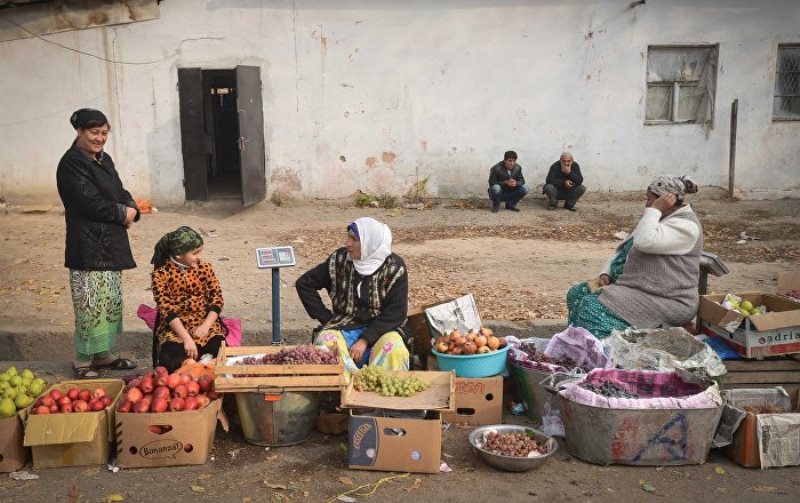Poverty reduction in Uzbekistan will now become a nationwide movement, Uzbek President Shavkat Mirziyoyev announced on September 11 during a meeting focused on transitioning to a qualitatively new level of poverty reduction efforts. He emphasized that "this goal is very ambitious" and requires contributions from everyone.
"The daily work of leaders at all levels, from the government to local organizations, must be aimed at lifting families out of poverty. Control and demands will be strict," the president’s press service quoted him as saying.
In 2020, 7.5 million Uzbek citizens (23% of the population) had incomes below the poverty line. Thanks to efforts in recent years, 3.5 million people have reportedly risen out of poverty, and by the end of 2023, the poverty rate had decreased to 11%.
Thus, poverty is decreasing by an average of 3% per year. This progress has been driven by projects aimed at poverty reduction and entrepreneurship development in local communities, the allocation of 260,000 hectares of land to 800,000 residents for agricultural activities, and other measures.
However, Mirziyoyev noted that progress has been uneven. "In some regions, such as Navoi, Surkhandarya, Fergana, and in the city of Tashkent, no changes have been observed over the past six months, and in 15 districts, the poverty rate remains above 20%. In 16 districts, poverty has halved due to the cultivation of 2-3 harvests on allocated lands, but no progress is visible in 14 districts," he was cited as saying.
The president reportedly stressed that poverty cannot be eradicated solely through financial assistance and benefits. The primary focus should be on training people in professions and providing them with employment.
Therefore, a center for employment and worker training for entrepreneurs will be established under the Chamber of Commerce and Industry of Uzbekistan. Members of low-income families will be trained in skills that meet business requirements.
The president also announced the development of a program called "From Poverty to Prosperity," which will outline new approaches to combating poverty in seven key areas.
The National Agency for Social Protection, together with local authorities, will conduct a full "inventory" of communities, creating a "profile" of low-income families and developing individualized support programs for them. The economic complex, district authorities, and sector leaders will be responsible for lifting families out of poverty.
The measures reportedly include improving microfinance services and supporting entrepreneurs who create new jobs. Special attention will be paid to improving infrastructure in local communities, with US$1.6 billion allocated for these purposes next year. Part of these funds will go toward installing pumps and solar panels in 300 of the most problematic communities. In 500 more communities, issues related to water supply, electrification, road infrastructure, and internet access will be addressed, according to the president’s press service.
The president ordered the distribution of an additional 50,000 hectares of land among 100,000 low-income families. These lands will be used for agriculture and horticulture under the "company – cooperative – dehkan farm" model, where low-income families, by using the land more effectively, will earn not only a salary but also income from rent or dividends.
"Special attention will be paid to ensuring that every low-income family, especially women, has members with higher education. To this end, they will receive interest-free educational loans, grants, and other financial support," the press service noted.
To achieve these goals, a commission on poverty reduction will be created under the leadership of the country’s deputy prime minister.






